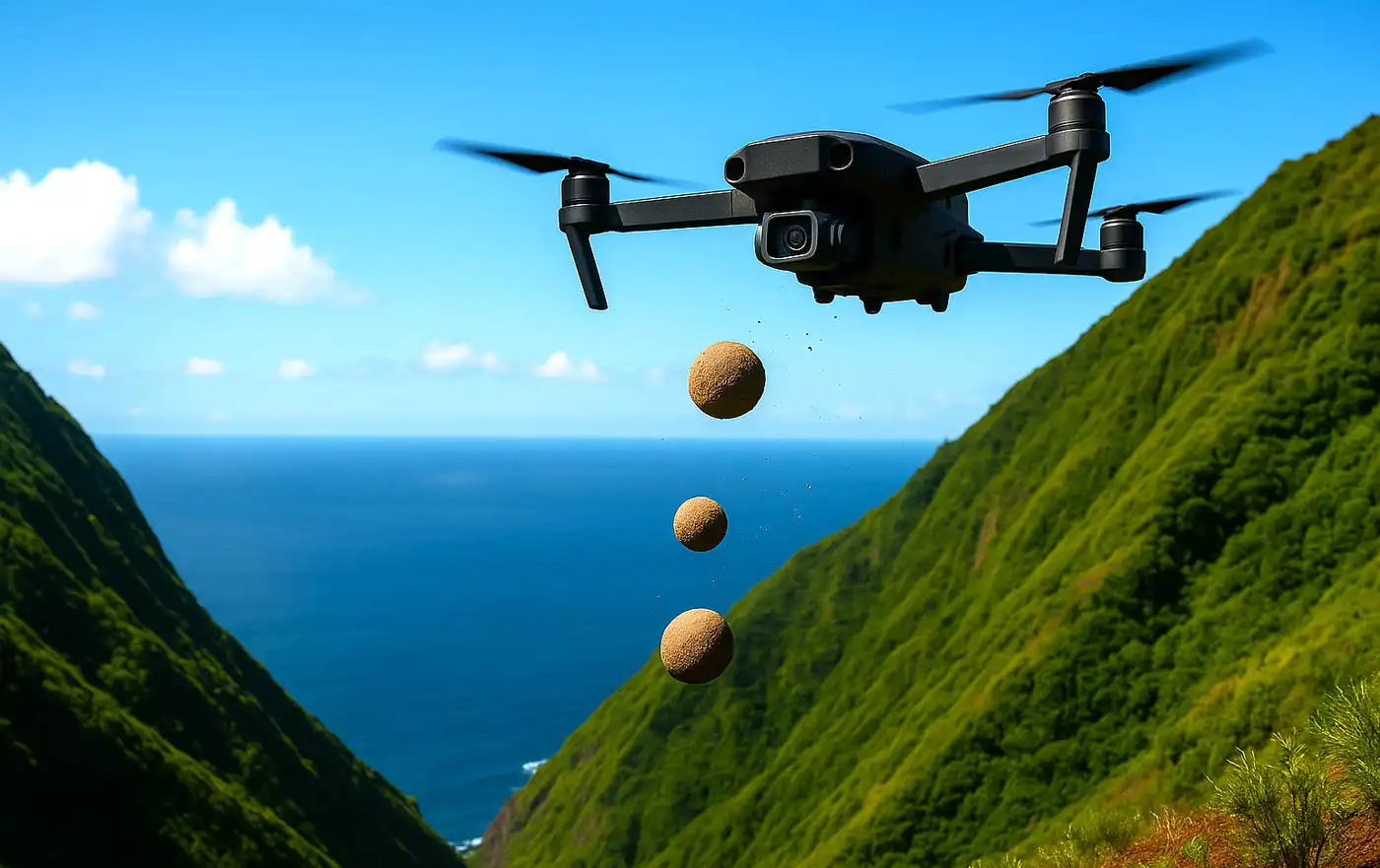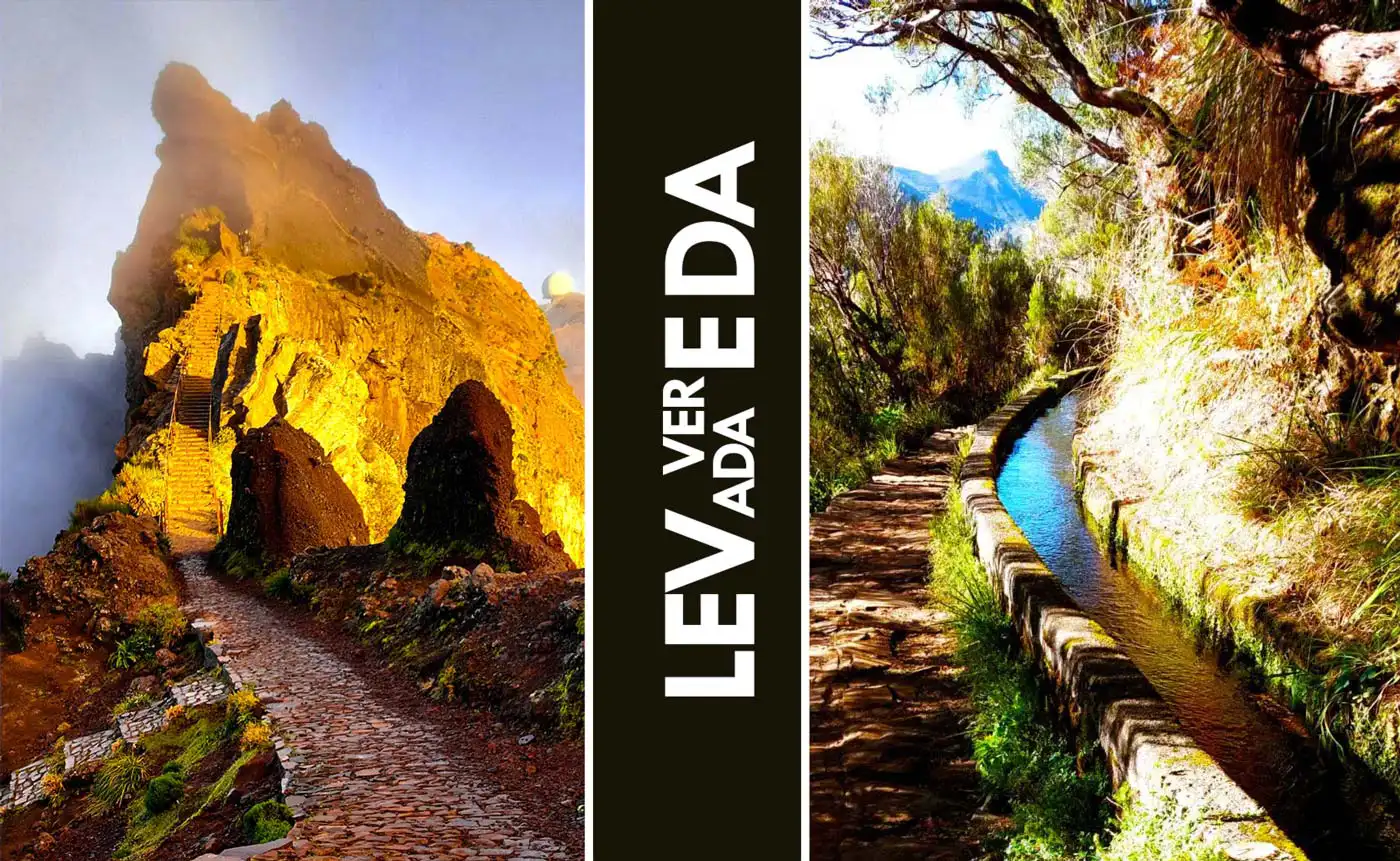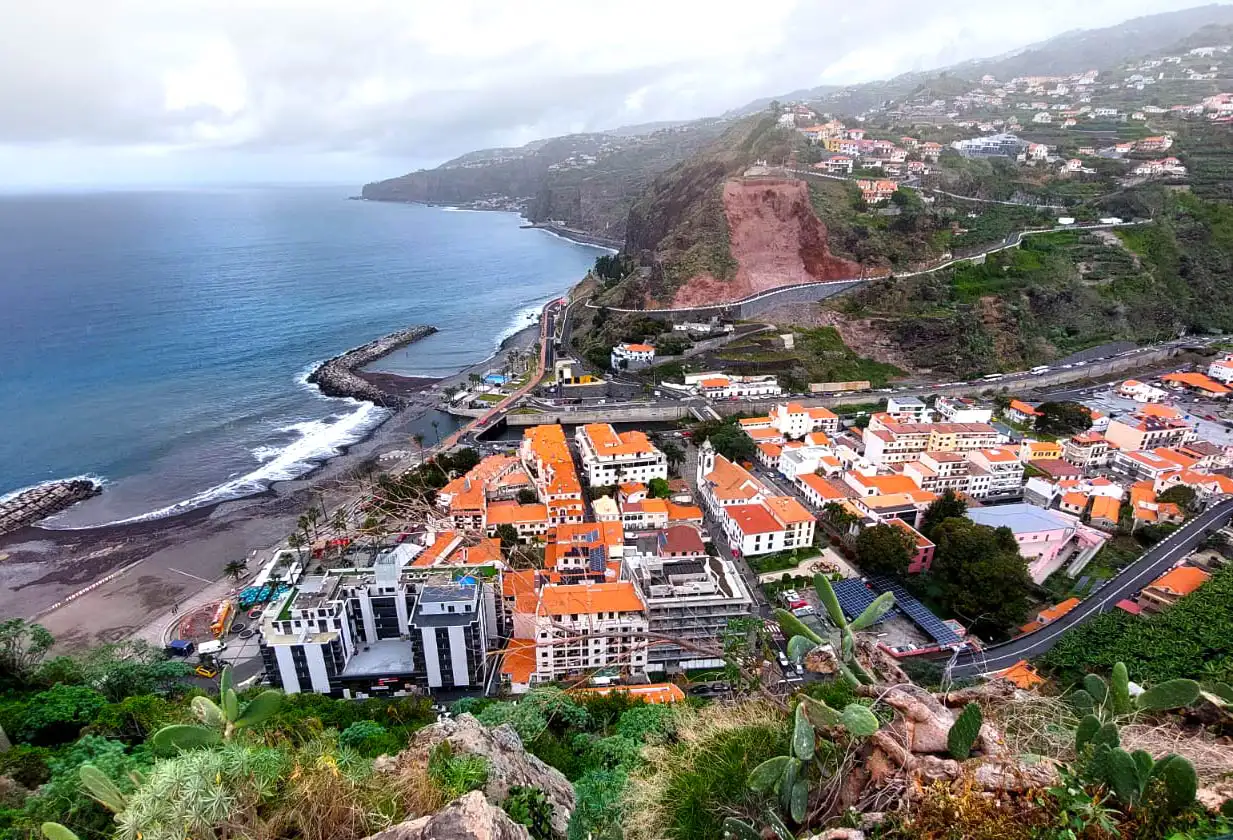New Approach to Restoring Inaccessible Land With Seed Balls
Madeira is testing the use of drones to drop seed balls in steep, fire-damaged areas that are too dangerous for workers to reach. The initiative follows the wildfire that burned 5,116 hectares between August 14 and 26, 2024, across the municipalities of Ribeira Brava, Ponta do Sol, Câmara de Lobos, and Santana. About 84% of the burned terrain has slopes of at least 50%, making traditional reforestation methods impractical.
IFCN: Seed Balls Are Adapted to Local Conditions
According to the Institute of Forests and Nature Conservation (IFCN), these seed balls contain native species adapted to local ecological conditions. They are coated in a protective substrate, allowing them to germinate without disturbing the soil.
This approach is part of an integrated ecological restoration plan, adapted to the geomorphological characteristics of the region, supporting ecosystem recovery with minimal disruption.
Fire’s Impact on Forest and Wildlife
The 2024 wildfire destroyed 139 hectares of laurel forest - a UNESCO World Heritage site - and threatened the nesting grounds of the endangered Zino’s petrel, a seabird that breeds in the mountains between Pico do Arieiro and Pico Ruivo. The IFCN confirmed that no nests were lost. These laurel forest areas form part of the EU’s Natura 2000 network and are mostly located in remote terrain.
In the months after the fire, emergency stabilization work began on about five hectares, including removing burnt vegetation, installing barriers, and planting selected species. Longer-term restoration projects are now under review for European funding, with a budget of €1.4 million and plans to introduce 170,000 plants.
The 2024 fire consumed 139 hectares of laurel forest, a World Heritage site covering a total of 15,000 hectares, and threatened the nests of the Madeira nun, an endangered seabird that nests in the mountains between Pico do Areeiro and Pico Ruivo.
The IFCN guarantees that the nests were not destroyed and explains that the 139 hectares of laurel forest are part of the Natura 2000 Network and are located in areas that are difficult to access.
Ongoing Challenges for Affected Communities
While the fire caused no deaths or destruction of major infrastructure, it forced the evacuation of 120 residents from Fajã das Galinhas, a remote area in Câmara de Lobos. The only road to the site — a two-kilometer stretch along a cliff — was rendered unsafe by the fire. A year later, authorities say the cliff remains unstable, and residents are still in temporary housing.
Around 200 farmers and 41 livestock producers reported losses, as much of the burned land consisted of scrubland, forest, and small agricultural plots. The fire was fought by over 1,000 firefighters and support personnel, backed by 268 vehicles and three aircraft, including two Canadair water bombers deployed through the European Civil Protection Mechanism.
Political Fallout and Unfinished Inquiry
The scale of the disaster led the Socialist Party, then the main opposition in Madeira’s parliament, to request a parliamentary inquiry into the handling of the fire. Hearings began, with various agencies testifying, but the process was cut short in January 2025 when the regional government collapsed.
Early elections in March 2025 returned the Social Democrats to power in coalition with the CDS-PP. The inquiry has not been resumed, leaving questions about the fire’s management unanswered.
Source: Diário de Notícias Madeira






Comments